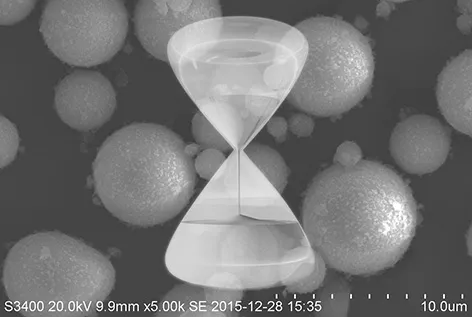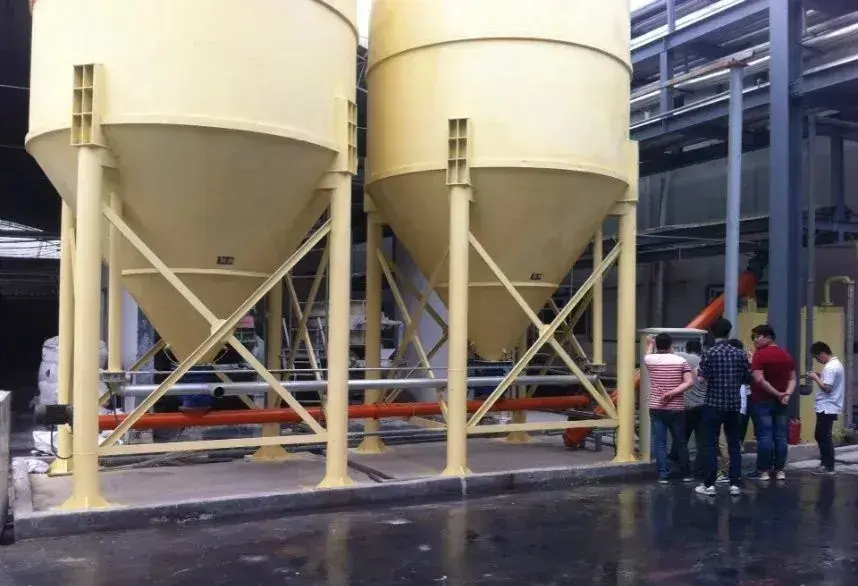In many industrial production fields, especially in the rubber, plastics, and coatings industries, pyrolytic carbon black serves as a critical material, with its performance directly determining the final quality of products. The properties of pyrolytic carbon black are defined by a series of specific indicators. A deep analysis of how these indicators influence product performance is essential for optimizing production processes and improving product quality.
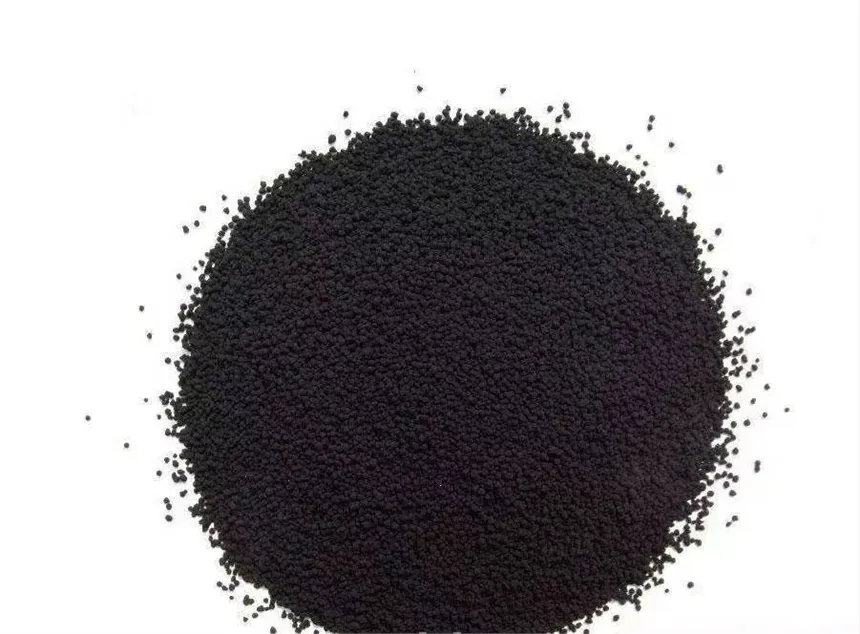
Particle Size and Specific Surface Area
Particle size and specific surface area are closely related and significantly affect product properties. Smaller particle sizes usually result in larger specific surface areas. In rubber products, fine particle size with high specific surface area enables more contact points with rubber molecules, enhancing interactions and reinforcement effects. This improves tensile strength, tear resistance, and abrasion resistance, which in tire manufacturing can extend service life and reduce wear.
However, excessively small particle sizes and overly large surface areas may have negative effects. They increase rubber viscosity during mixing, raise processing difficulty, and consume more energy. In addition, their high surface activity can cause agglomeration, and poor dispersion may reduce the performance of rubber products.
Structure
The structural degree reflects the complexity of carbon black aggregates. High-structure carbon black shows branched or chain-like aggregates with more voids. In rubber processing, such structures disperse better, forming an effective network that improves processability. During mixing, high-structure carbon black enhances compound flowability, making molding easier. For product properties, high-structure pyrolytic carbon black increases modulus and hardness while maintaining good elasticity and rebound. In contrast, low-structure carbon black may reduce viscosity but offers weaker reinforcement and less stability.
Ash Content
Ash refers to inorganic impurities in pyrolytic carbon black. Ash content impacts performance in several ways. In rubber, moderate ash can provide filler effects, increasing hardness and modulus. Excessive ash, however, creates defects in the network structure, reducing tensile and tear strength. For instance, high-ash carbon black can cause tire cracking and shorter lifespan. In coatings, high ash decreases gloss and stability, producing a rough surface. In plastics, excessive ash lowers mechanical strength and aesthetics due to poor compatibility with the matrix.
Volatile Content
Volatile matter refers to substances released when pyrolytic carbon black is heated at certain temperatures, including water, CO₂, and organics. Volatile content reflects surface activity and polarity. Moderate volatiles improve compatibility and dispersion with matrices such as rubber. However, excessive volatiles make the surface overly active, causing premature vulcanization or scorch, leading to poor processability and odor during mixing. In coatings, high volatiles may cause bubbles, pinholes, or defects during drying, affecting coating quality and appearance.
pH Value
The pH of pyrolytic carbon black reflects its surface chemistry. Acidic carbon black contains more acidic functional groups, which may delay vulcanization and reduce efficiency. Alkaline carbon black generally accelerates vulcanization, but excessive alkalinity may degrade rubber molecular chains, reducing performance. Therefore, controlling pH is vital for stable processing and final product quality.
Tensile Strength
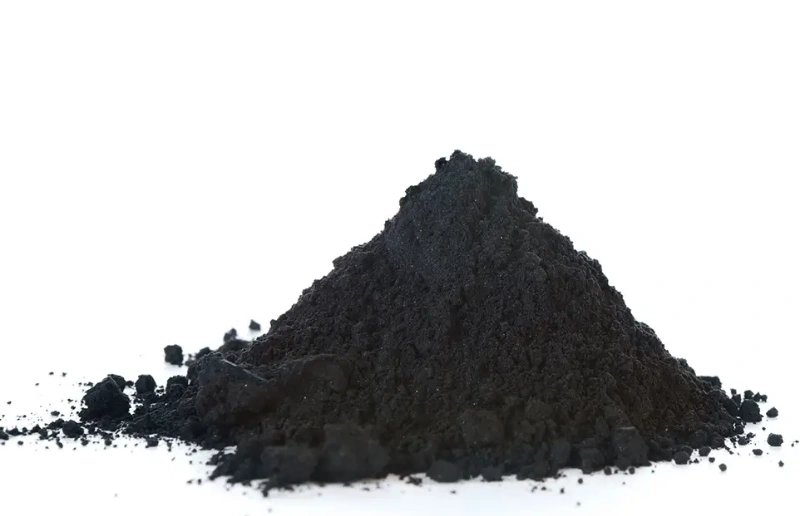
In tire manufacturing, the tensile strength of pyrolytic carbon black is key to durability. Tires face friction, load, and dynamic stresses. High tensile strength enhances molecular interactions, making tires more resistant to cuts and impacts, extending service life.
In industrial conveyor belts, tensile strength ensures stability under heavy loads, preventing breakage and ensuring safe, continuous operation.
300% Modulus (Stress at 300% Elongation)
For automotive damping parts, 300% modulus is critical. When vehicles drive on rough roads, damping rubber deforms. Carbon black with suitable 300% modulus allows rubber to recover quickly after stretching, maintaining shock absorption and comfort while protecting chassis components.
In rubber seals, 300% modulus affects sealing reliability. For example, engine gaskets under high temperature and pressure must deform without losing rebound. Properly reinforced carbon black maintains tight sealing, preventing leakage of oil or coolant and ensuring system reliability.
Oil Absorption Value
Oil absorption value (OAN) reflects aggregate structural complexity. High OAN indicates more developed aggregates with voids and branches. In rubber, this provides more anchoring points, forming dense networks that enhance modulus and hardness. From a processing standpoint, high OAN raises compound viscosity, requiring more energy during mixing. However, it also improves shape retention and stiffness, useful in shoe sole production where form stability and durability are required.
Iodine Adsorption Value
Iodine value is an indicator of surface activity. Higher iodine values mean more active sites for interactions with rubber molecules. In tires, this strengthens adhesion between rubber and carbon black, improving stress transfer, tensile strength, and abrasion resistance.
Iodine value is closely tied to reinforcement. High-iodine carbon black fills intermolecular gaps, restricting chain mobility and raising modulus. In applications such as conveyor belts or seals, this significantly enhances performance, lifespan, and reduces maintenance costs.
Blackness
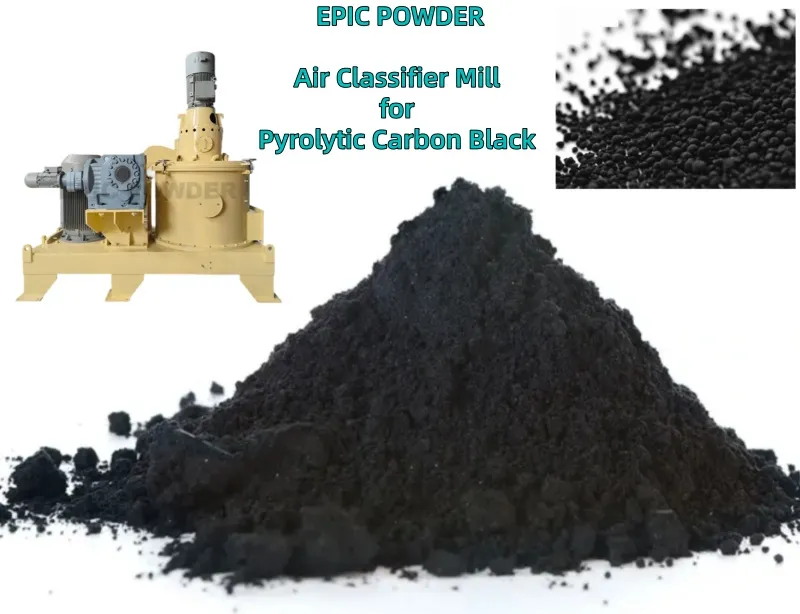
Blackness determines product appearance. For example, cable sheaths with high-blackness carbon black show a deep, uniform black, conveying durability and premium quality.
In plastics, high-blackness carbon black creates glossy, uniform finishes, adding a high-tech aesthetic and improving market competitiveness by eliminating uneven coloration.
Tinting Strength
Tinting strength is critical in coatings. High-tint carbon black produces deep, vivid colors with minimal addition, reducing cost and ensuring rich saturation.
In printing inks, tinting strength directly affects clarity and contrast. Strong tinting ensures sharp, deep black text and images, producing clear and visually appealing prints.
Loss on Heating
Loss on heating mainly comes from moisture and volatile organics. High values indicate higher moisture content.
Excessive water affects dispersion in matrices, creating weak spots, similar to uneven sand in concrete. Extra drying energy is required, raising costs. During mixing, high water raises viscosity and equipment wear. In vulcanization, retained moisture turns to vapor, forming bubbles or voids, weakening rubber quality.
Elongation at Break
Elongation at break reflects flexibility. In tires, high elongation allows rubber to deform under stress without breaking, improving durability and reducing blowout risk. In plastics, such as pipes, higher elongation improves plasticity and processability, enabling complex product shapes.
Toluene Transmittance
Toluene transmittance indicates impurity levels. Higher transmittance means lower impurities and higher purity. It also reflects particle size uniformity and dispersion. Carbon black with stable transmittance disperses well, enhancing mechanical strength.
In plastics, high transmittance produces smooth, uniform surfaces without visible granularity, improving aesthetics.
Residue on Sieve
Residue refers to particles unable to pass through a given sieve. High residue content indicates coarse particles, causing poor dispersion. In coatings, this reduces smoothness and appearance. In plastics, large residues disrupt extrusion and molding processes, lowering stability. Controlling residue is essential for product consistency and quality.
Shore Hardness
Low Shore hardness means softer carbon black particles. During mixing, they deform more easily, adapting to matrix flow like a sponge filling gaps. This enhances dispersion and uniform distribution in the matrix, improving performance.
Epic Powder
Epic Powder, 20+ years of work experience in the ultrafine powder industry. Actively promote the future development of ultra-fine powder, focusing on crushing, grinding, classifying and modification process of ultra-fine powder. Contact us for a free consultation and customized solutions! Our expert team is dedicated to providing high-quality products and services to maximize the value of your powder processing. Epic Powder—Your Trusted Powder Processing Expert !
